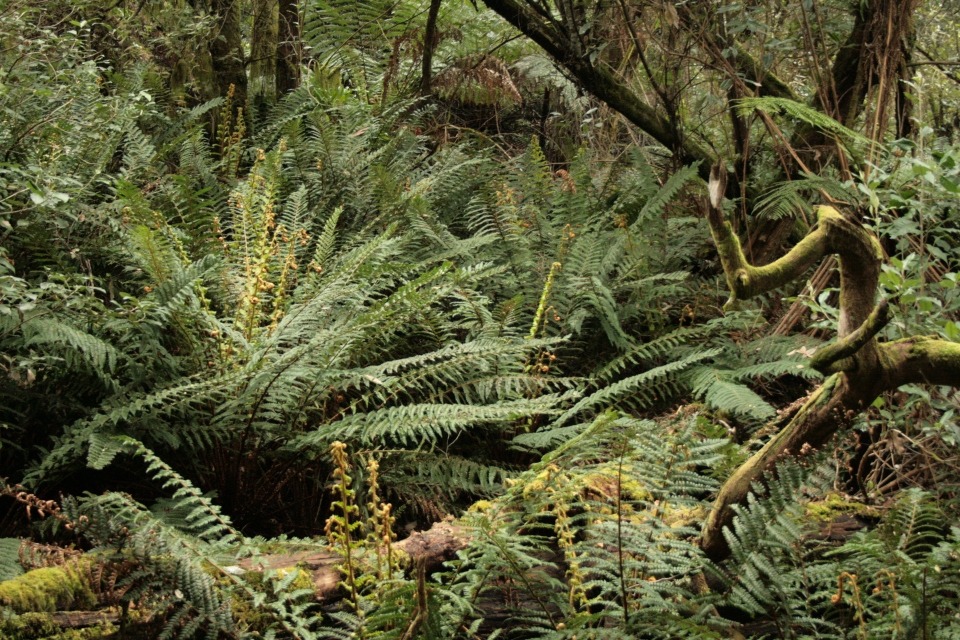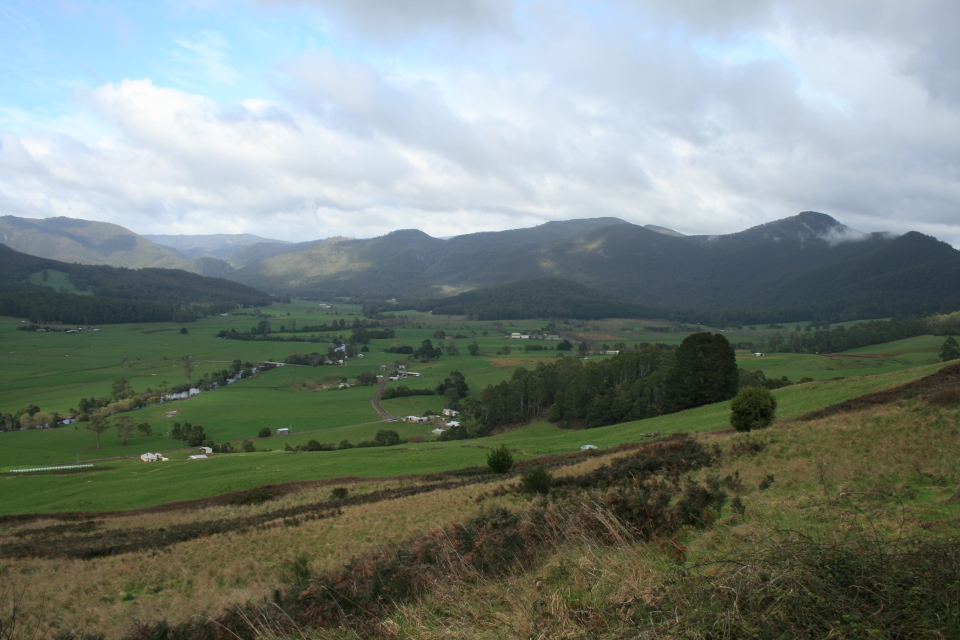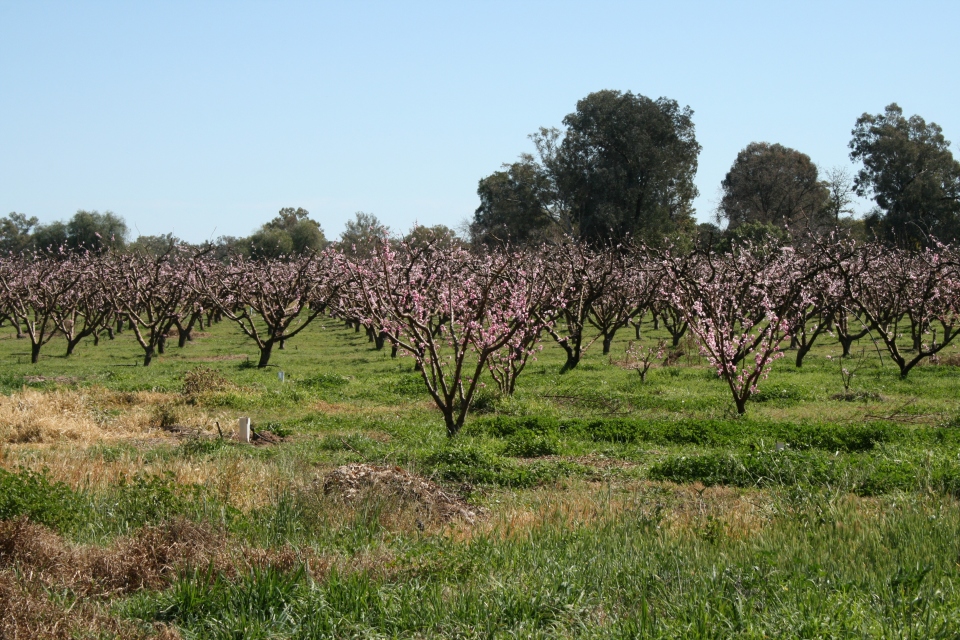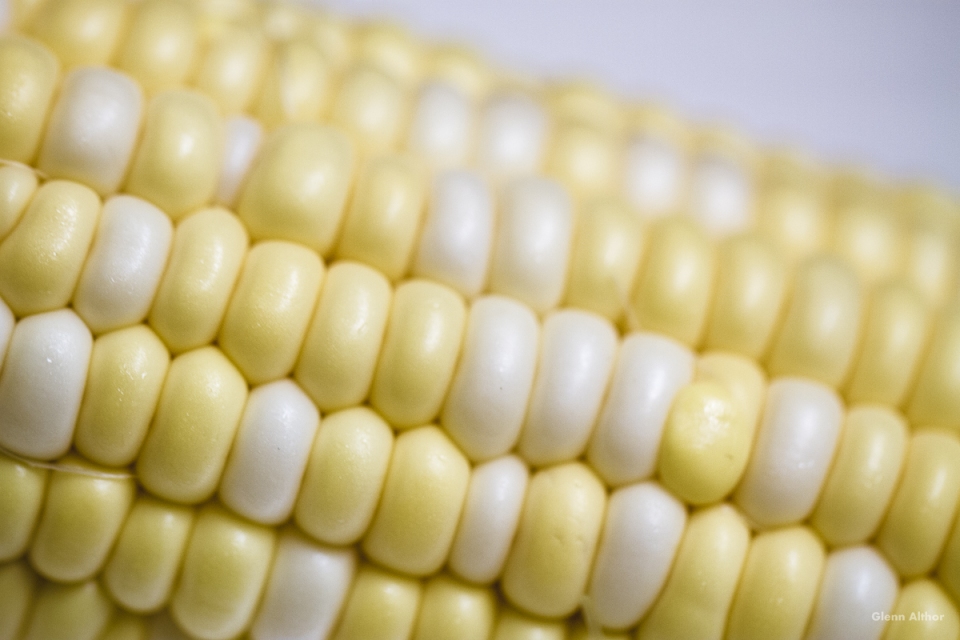Food resolutions for 2014 part 5: Commit to Resilience in Agriculture
Well hello again, and sorry for being silent from this end for so long. The ‘PhD thing’ I am doing was suddenly pretty demanding for a while there. Continuing on with thoughts on the 2014 food resolutions from Food Tank, number five is about resilience in agriculture.
5. Commit to Resilience in Agriculture
First of all, what is resilience? In my field, resilience is referred to as the capacity of a system to recover from disturbances. In a largely unmodified ecosystem, a disturbance such as fire will have immediate impacts on the overall function of the ecosystem, but a resilient ecosystem will recover to a stable state (the ecosystem’s “equilibrium”) before too long.
When an ecosystem has been negatively impacted upon (e.g. through encroachment of a noxious weed or loss of a key species), resilience is often one of the losses. Unfortunately, resilience is trickier to quantify than habitat loss per spatial area, or declining species numbers – though arguably it could be seen as a precursor to both. Resilience is one of the invisible impacts of human actions on the environment.
Resilience can be increased in system through what is called ‘functional redundancy’. This is when there are multiple species or groups of species able to perform the same ecological function, or fill the same ecological niche. This means that if the species performing a particular function in an ecosystem (think about an insect performing the crucial role as pollinator) is no longer in that ecosystem for whatever reason, there is another species available to fill the ecological niche left available. Though a simplified example, the big picture is that the inter-dependent micro-systems within the ecosystem are maintained to ensure that the macro-system – the ecosystem itself – persists. (This publicly available scientific paper from the 1970s by Holling is considered a seminal paper on the topic of resilience.)

Resilience is also discussed in terms of human responses to climate change. How resilient are our human systems? How resilient are we? Do our cities bounce back right after a major flood event, or do we remain in protracted, chronic crisis? In we are in the former group, then it’s likely we have a resilient city. Our systems and human capital allow us to recover from the disturbance to return to a state of equilibrium at least similar to how we were before the event (hopefully with improved capacity for response in future, if we are allowed to learn from mistakes).

So this leads us to agriculture. Agricultural systems can be viewed as ecosystems, where the dominant acting species (the “keystone species” for another ecological term) is humans – we are the species which has most profoundly modified the ecosystem.

In agricultural systems, we can have permaculture, integrated designs, mixed cropping systems, and monocultures. Depending on the lens through which you view the world, you might picture a significantly different image to another person when agriculture is mentioned.
If we are thinking about resilience in agriculture, and we think about functional redundancy, and recovery from disturbances, it doesn’t take a leap of faith in logic to see some troubles with mass monocultures. The potato famine in Ireland is a familiar story about the impacts of a non-diverse system. When diversity is reduced, we are effectively limiting the functional redundancy of our food system. If our key crop is destroyed (for example by a blight as with the Irish potato famine) and we do not have a comparable crop to fill the role of that which has been lost, then we are in trouble.

Similarly, and this is particularly relevant when we are operating in – literally – a climate of uncertainty, concentrating one crop in a single area, as we do with monocultures, leaves us open to mass losses when the climate doesn’t do what we want it to do (rather, it does what is probably a result of foot dragging on addressing climate change). We concentrate crops in particular areas because they are most climatically suitable for cultivation. This makes sense. But we also know that climate averages are shifting, meaning we need to be able to do forward planning to avoid future losses. Again – resilience comes into play here, though in this case it’s resilience of our knowledge systems. We need the decision makers (be it a farmer, environmental manager, planner, policy maker, or voter) to be able to make decisions based on evidence, and have the institutional structures in place to support adaptation of practices.
As the UN’s Food and Agriculture Organisation has described, we need to begin building resilience and adapting now so that we have the capacity to recover from disturbances in the uncertain future.
These changes aren’t so easy to make in our purchasing choices. My main thought is that – and right now I’m speaking as a consumer to consumers – we have two main pathways to support resilience in agriculture: We need to take responsibility for the purchases we make and the policy imperatives we vote for. If you spend your money at a farmers’ market instead of a supermarket, you’re more likely to be supporting farmers who are not massive, corporate, monocultures. Pick varieties of your stable food groups that are not the norm – this is a way of supporting those who are making changes. Perhaps a less common type of corn is more suitable to longer summers? In that case, let’s encourage its cultivation by buying it. Read the agricultural and climate change policies of the political parties in your country, and include notions of agricultural resilience in the decision making process for when you choose where you will direct your vote. Employ your power as a citizen (if you are fortunate enough to live in a society where you have the freedom for civic participation) and talk to decision makers and other people about resilience. It’s not an easy one, like just avoiding disposable plastic (an easy change we can all make immediately), but it’s important. And we need to pay attention.

So to finish this off, a photo from Glenn of delicious corn, just because.
– Bec
Wow! Now that’s a challenge to my shopping practices! You have certainly brought forward some very interesting issues to consider. As you say, eliminating (some) plastic from the shopping trolley is an easy change to make through use of reusable bags; however choosing to shop at a farmer’s market is easy when there is one in the neighbourhood, but more difficult when there is not one close by and the choices in a busy lifestyle tend to favour convenience over a greater expenditure of time and travel (and associated costs to wallet and environment). I am considering home delivery of organic produce but I am concerned that, in addition to the extra transport involved in personalized deliveries, the lack of choice in produce and quantity may mean there will be more wastage than if I purchase specifically for my requirements. I may need a little stronger nudge.
Reblogged this on Taylored Home.